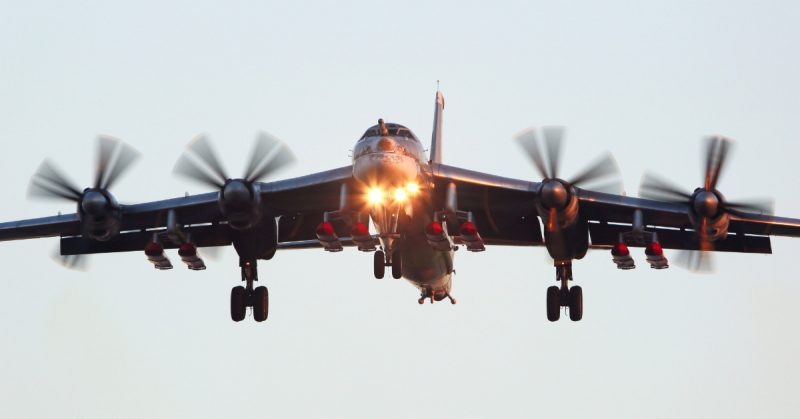On September 11, 2018, two Russian Tupolev Tu-95 nuclear-capable “Bear Bombers” were intercepted by the US military close to Alaskan airspace in what is speculated to have been a trial run in the event of a nuclear war with America. The US Air Force F-22 Raptor Jets reported that the Russian planes did not, in fact, breach either US or Canadian airspace.
This is the second close call that NORAD, the North American Aerospace Defense Command, has reported within four weeks. It is not unusual for such events to take place on significant dates. There was another such incursion on July 4, 2015, when two Tu-95 bombers were intercepted off the Alaska and California coasts.
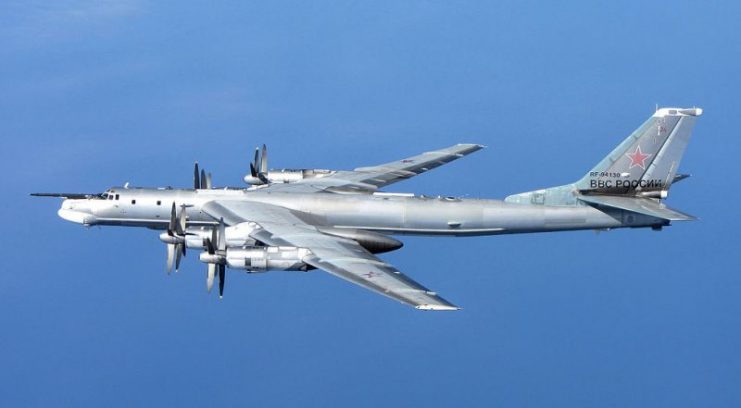
The Tupolev Tu-95 is a sizeable turboprop-powered strategic bomber. It is also a missile platform capable of delivering cruise missiles. It was first launched by the USSR in 1952 and entered service with the Soviet military in 1956. It is not expected to be replaced until at least the early 2040’s.
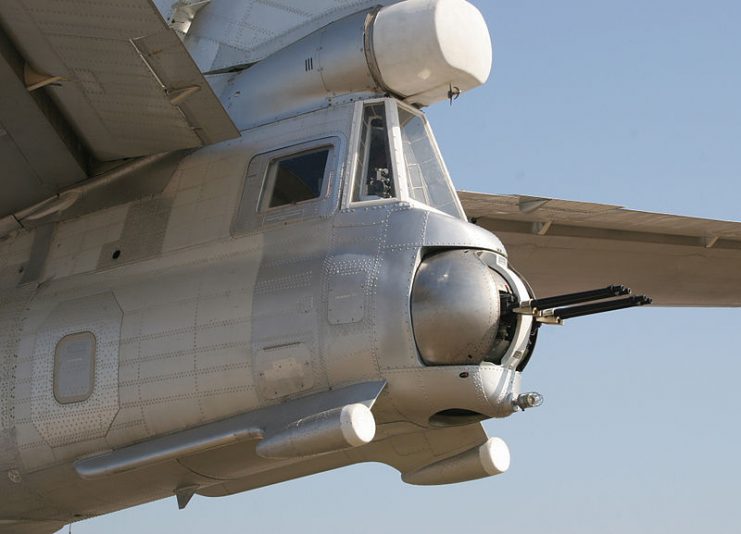
The aircraft has four Kuznetsov NK 12 engines with contra-rotating propellers and is said to be one of the loudest military planes in use, most likely because the tips of its propellers travel faster than the speed of sound. It has distinctive swept back wings which give it a very recognizable silhouette and is the only propeller-driven strategic bomber still in operation.
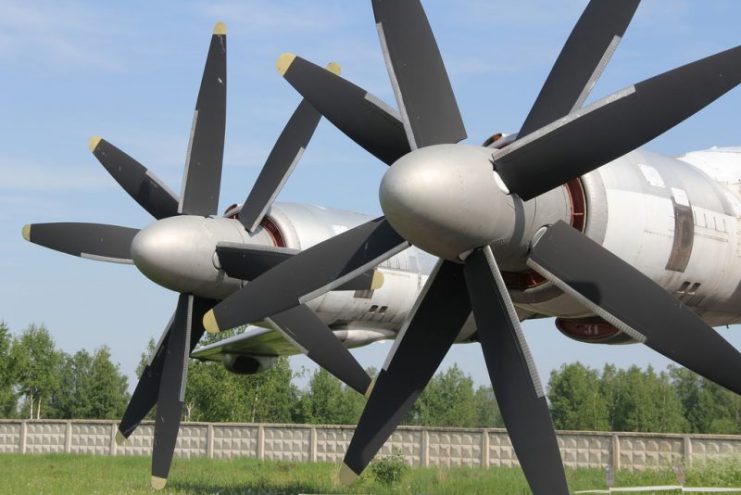
NORAD Commander, General Terrence J. O’Shaughnessy, issued the following as part of a statement from Peterson Air Force Base in Colorado: “The homeland is no longer a sanctuary, and the ability to deter and defeat threats to our citizens, vital infrastructure, and national institutions starts with successfully detecting, tracking, and positively identifying aircraft of interest approaching the US and Canadian airspace. NORAD employs a layered defense network of radars and satellites as well as fighters to identify aircraft and determine the appropriate response.”
Operation Noble Eagle is the name given to the military response to the terrorist attacks of September 11, 2001, and refers to all air defense and air sovereignty missions in the United States and Canada. It is a bi-national organization involving citizens and assets of both countries.
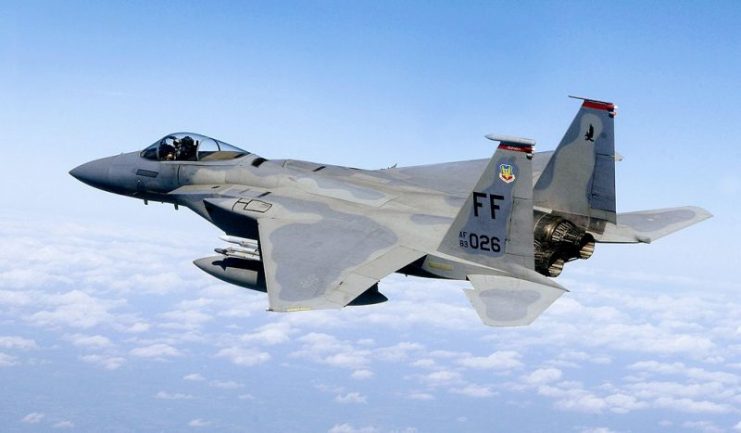
The pair of Tu-95 aircraft was accompanied by two Su-35 Flanker fighters, thought to be Russia’s most advanced fighter plane. The incursion coincided with Russia’s biggest military exercises since the Cold War.
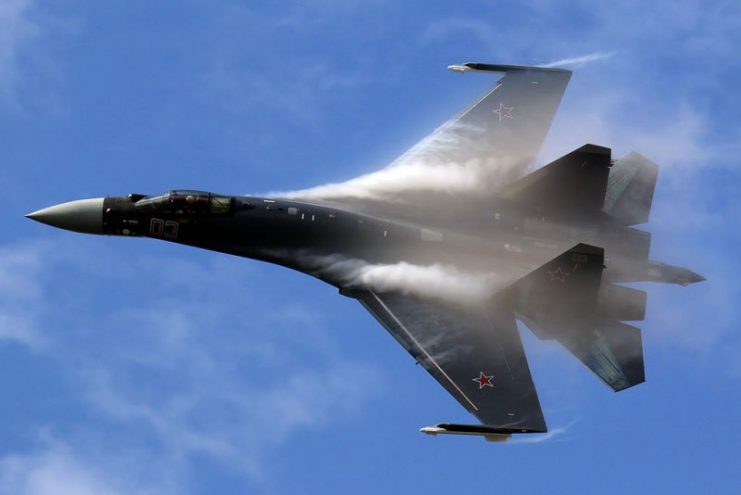
The UK Ministry of Defense said on September 12th, “Strategic bombers Tupolev-95MS of Russia Aerospace Force participating in the Vostok-2018 exercise have carried out cruise missile launches from an altitude of more than 5,000 meters at ground targets on the Telemba proving ground in the Republic of Buryatia.”
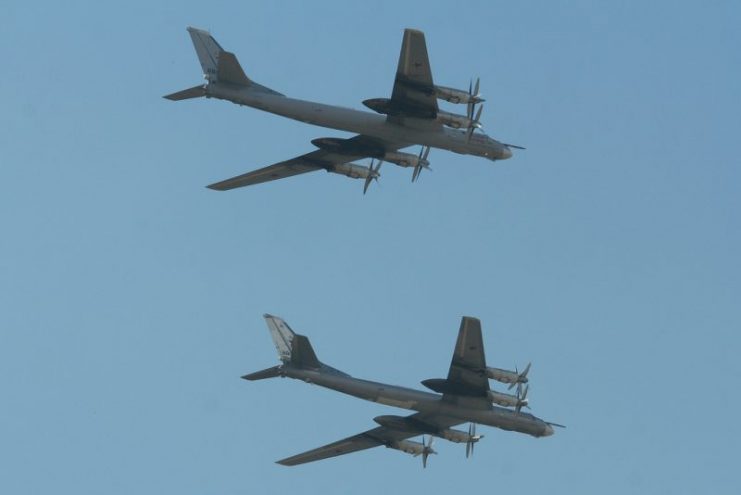
The exercises were expected to involve some 300,000 troops and nearly 1,000 tanks. The Kremlin has asserted that the international community has become “frequently aggressive and unfriendly toward us.” The visits from Russian bombers apparently seem set to continue.
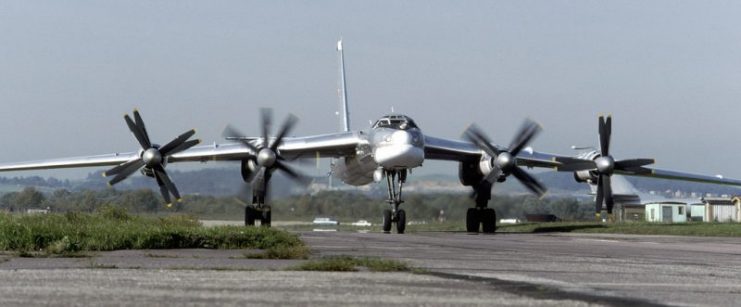
Read another story from us: The Soviet Bomber Arsenal in Photos
In a separate display of military might, it has been reported that Russia assembled a large fleet of ships off the coast of Syria. The Russian media, citing unnamed Kremlin officials, called it the largest naval deployment in the Mediterranean since September 2015. It was in November 2015 that Tu-95s had their debut in live theater operations. They were deployed during long-range airstrikes in Syria as part of the Russian military’s intervention in the Syrian Civil War.
